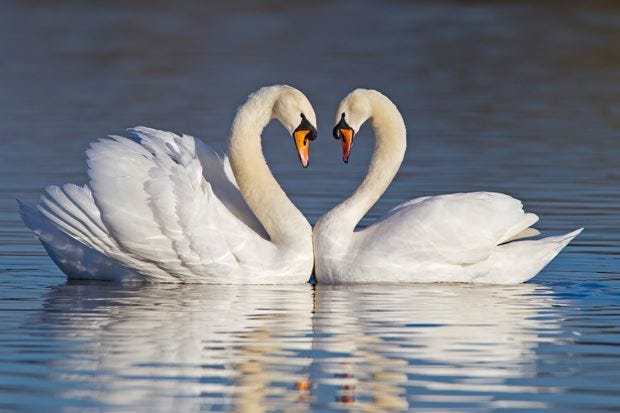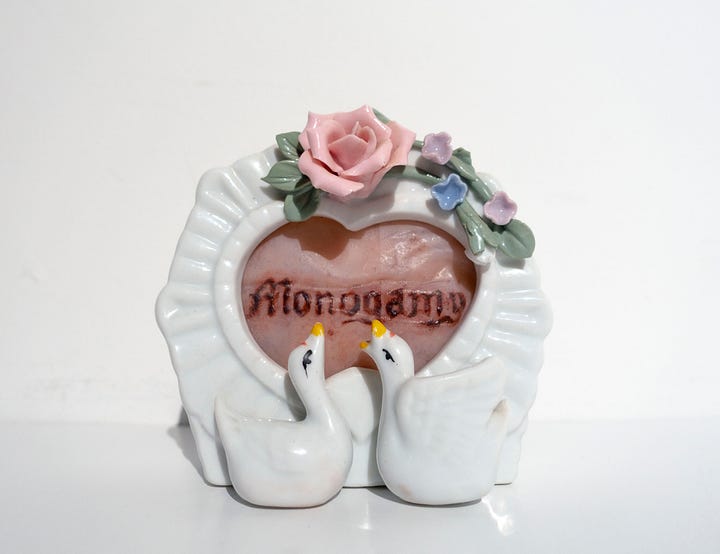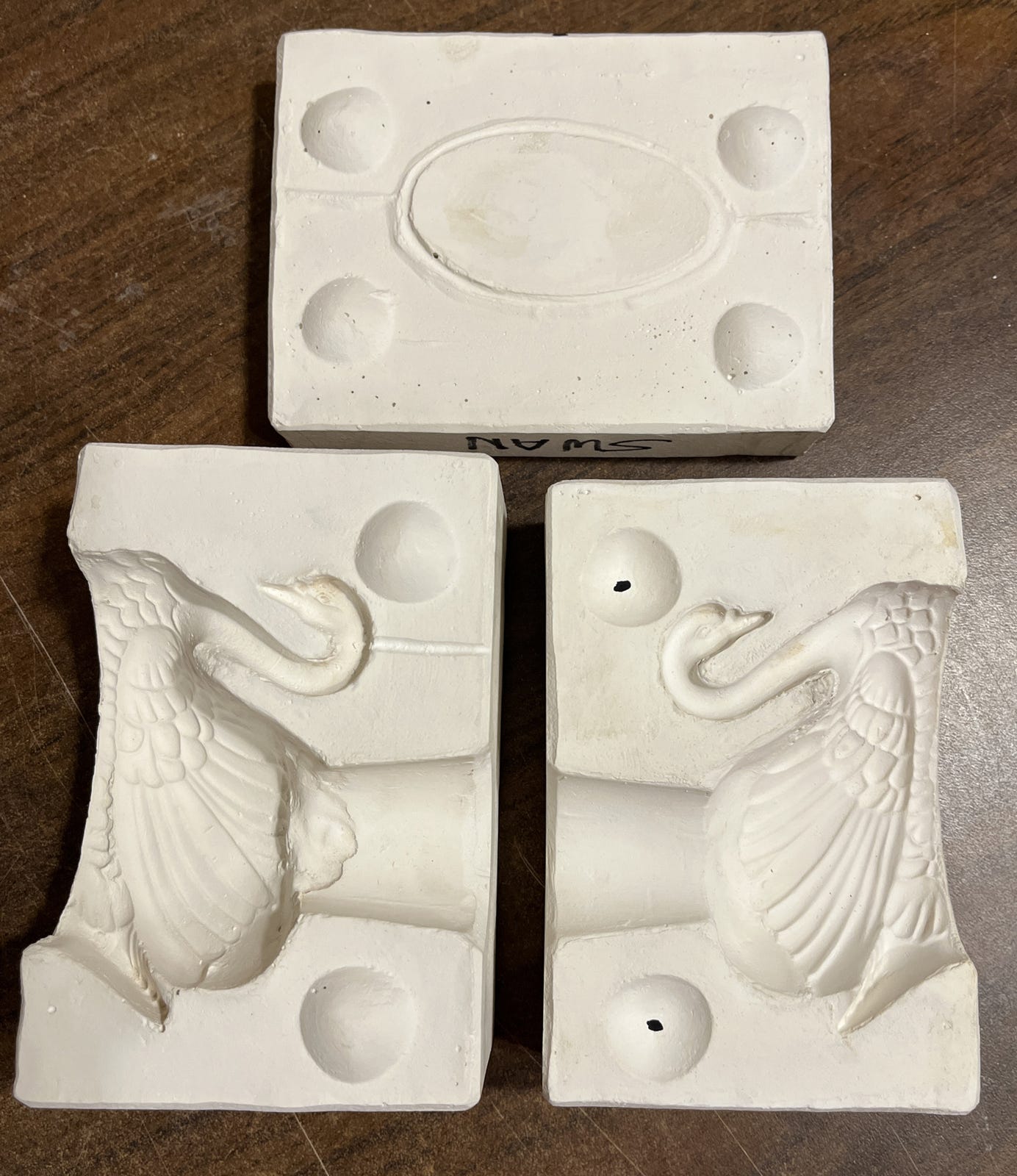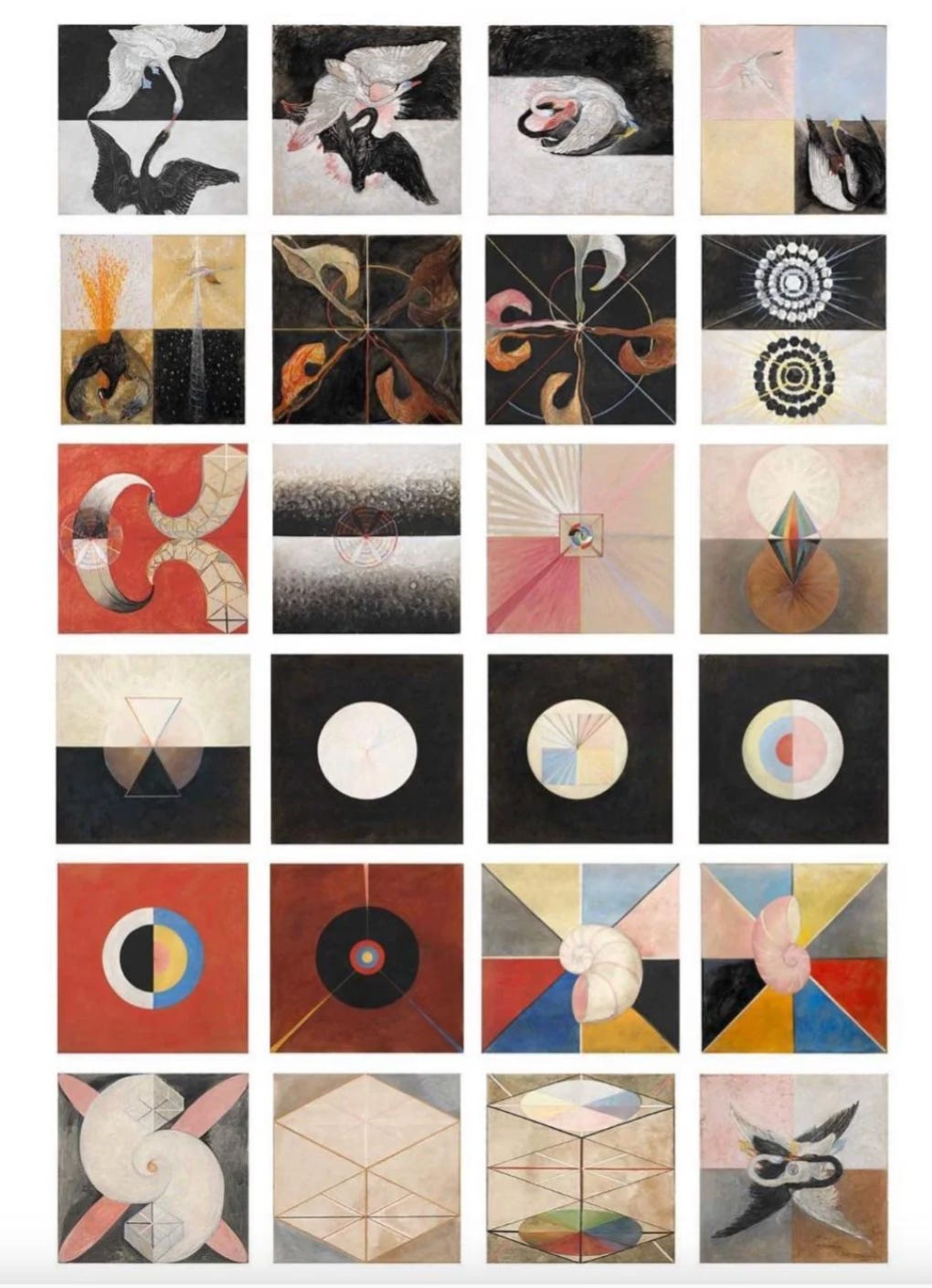Not to start with bad news, but I recently found out that swans are, in fact, not monogamous—which felt like a huge slap in the face. In better news, the Prospect Park swan couple started a family. I’ve been keeping tabs on them since I moved closer to the park two years ago. Some days I just walk and walk, with no particular direction in mind, but rather with the goal of finding them. This became a little treasure-hunt solo quest of mine. I’m attaching a map here, where I marked three locations where you’re most likely to run into the Swans of Prospect Park. Starting at the Prospect Park Boathouse is your safest bet.
Not all is lost, because swans are generally socially monogamous and form pair bonds. Turns out instead of one mate for life, it’s one mate for a really long time. As we know, social monogamy is different from sexual monogamy, and apparently swans have a practice very similar to humans. They may mate with different partners “outside of their marriage” or once they separate. They’re just like us—but birds.


I admittedly like swans because of the hallmark image of two swans forming the shape of a heart. I actually really like kitschy imagery, ideas of romance, and common grand gestures of love. And it is quite disappointing to hear that swans are not as devoted to love.
Hearts can be so misleading.
CC. Thomas’ In The Name of <3: Who Claims Love? starts with the author moving to Sweden, knowing very little about Swedish politics, and seeing banners on the streets with hearts. Thomas naturally associates these symbols of love and peace with the left side of the political spectrum—only to realize the banner was for a far-right nationalist political party in Sweden. Thomas starts digging into the history of how the heart became a universal symbol of love, and how it’s used to fit one’s own political agenda.
The book shares that the earliest heart symbol as a sign of love dates back to the 13th century, as an abstracted representation of the anatomical heart. Courtly poetry was popular, and this abstracted shape became a symbol used in love songs and literature.
In 17th-century Europe, hearts became tightly associated with Jesus (i.e. the Sacred Heart of Jesus, the Five Wounds of Christ), and to this day remain the most common Roman Catholic imagery of faith and devotion. The Immaculate Heart of Mary is another representation—depicting her, in part, as the Queen of Heaven. This image has been heavily used in “colonial blessings” since the 14th century (Thomas, 35). The female body and the virgin are further used as analogies for justice, to justify colonizing missions during the 19th–20th century.
On the right side is a painting titled The Virgin of the Navigators by Alejo Fernández (1531-36), resembling Mother Mary herself. She stands at the very top and is giving protection to Ferdinand II of Aragon, Charles V King of Spain and Christopher Columbus, while behind the white Europeans stand ships that represent newly baptized enslaved people and colonized populations that have been converted from their original beliefs.
I highly recommend reading the rest of the book, as the author gets into how the heart is used in corporate branding, technology, modern politics, propaganda, and beyond. A symbol of erasure and dominating territories and people has become a universal symbol of love that we use to this day. Sorry that it got a little dark. On to fun things.
One year, I had to stop painting swans because I feared the value of my swan paintings would go down—which, in retrospect, is very silly of me. None of them feel adequate to share, and to be quite frank, my paintings were never as good as my sculptures because I lean on symbolic imagery too much. I also kept my promise and haven’t made a single swan painting since. But swans are always in my thoughts.
I’ve been looking up abandoned slip-cast ceramic molds on eBay, where you can find hundreds and hundreds of old plaster molds that were once used for mass-produced ceramic figures, vases, planters, dolls, and more. But these molds by themselves are fascinating to look at. What makes one swan takes two parts.
It would be criminal to not end today with Hilma af Klint’s 24-part painting series of two swans meeting, merging, and growing increasingly abstract.
Thank you for reading and hope summer has been kind to you.
Kisses,
Lily













I really love the thought of two half’s of the swan mold becoming one. Both half’s are needed and hold equal importance to create a fully beautiful and realized whole. I hope you have a swan-filled week!🙏🏾